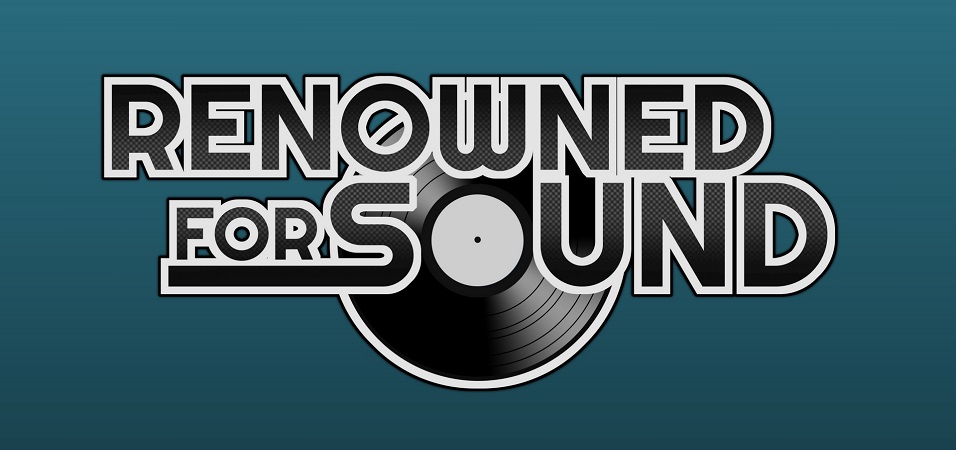Album Review: Motion Graphics – Motion Graphics
3 min read
Originally from Cleveland, Ohio, and now based in New York, singer, multi-instrumentalist, and graphic designer, Joe Williams is Motion Graphics. Williams – who has previously worked under the pseudonym White Williams – has drawn upon his years of experience working with acts like Maxmillion Dunbar and Co La, as well as scoring the soundtrack for the feature-length documentary, 12 O’Clock Boys, in order to bring this project’s self-titled début album.
 After listening to Motion Graphics, it almost seems disingenuous to refer to it as an album, at least in the conventional sense, as it is just as much a work of sound art as it is a musical endeavour. Taking shape over a two-year period, which saw Williams working in New York, Los Angeles, and Baltimore, Motion Graphics has taken for its inspiration the modern, electronic, soundscapes of our digital lives – message alert tones, beeps and glitches, and the ambient sound effects of digital menu systems. Such inspiration becomes clear on tracks like Anyware, which opens with an electronic-percussion intro that will have many listeners checking their phones for incoming alerts.
After listening to Motion Graphics, it almost seems disingenuous to refer to it as an album, at least in the conventional sense, as it is just as much a work of sound art as it is a musical endeavour. Taking shape over a two-year period, which saw Williams working in New York, Los Angeles, and Baltimore, Motion Graphics has taken for its inspiration the modern, electronic, soundscapes of our digital lives – message alert tones, beeps and glitches, and the ambient sound effects of digital menu systems. Such inspiration becomes clear on tracks like Anyware, which opens with an electronic-percussion intro that will have many listeners checking their phones for incoming alerts.
Lead single and opening track, Lense, gets the ball rolling with a truncated hip-hop beat hidden under swells and bursts of sharp, digital, sounds in what I can only think to call sci-fi hip-hop. Lense is a track that also sees Williams employ his vocals, which is a shame, as his vocal styling comes across as a little too flat. Try as I might, I just couldn’t bring myself to enjoy his vocal approach – even when the delivery improved on later tracks – and this stands as the black mark against the album for my money. Luckily, Motion Graphics, is a record more concerned with painting an aural picture, and it is a picture that doesn’t heavily rely on Williams’ singing.
Excellent use of layered sounds, which no doubt originate from Williams’ custom randomised software instruments, subtly propel Anyware forward while the previously mentioned electronic-percussion repeats throughout, forming the backbone of the track. Vistabrick is a complex blend of rhythms and counter-rhythms juxtaposed with choral sounds, creating the effect of computer communication, albeit in a most relaxing form. The subtle release leading to Vistabrick’s outro is superbly executed. Despite my criticisms of Williams’ vocals, Mezzotint Gliss is a sublime track utilising alternative percussion “instruments” – computer keyboards, and what sounds like a stapler… – and a steady synth line with varied augmentations, and by this point on the record his voice has improved considerably.
Softbank Arcade (Swiftcode Version) is well-chosen as the closing track, as it somewhat exemplifies Motion Graphics, being as it is a light cacophony that threatens to descend into order, but shifting counter-rhythms and noise-scapes – drums, woodwind, and those computer keyboards again – maintain the track in a state of comfortable anxiety. Once the record ends, the listener is left wondering whether 5 minutes has passed, or 5 hours, but it is actually just a hairs breadth over 29 minutes, and that is Motion Graphics’ greatest accomplishment; it is a surprisingly easy listen for what is, at the heart of it, a difficult album.



